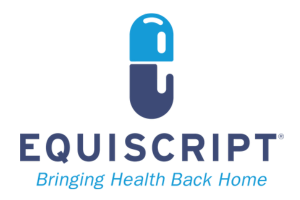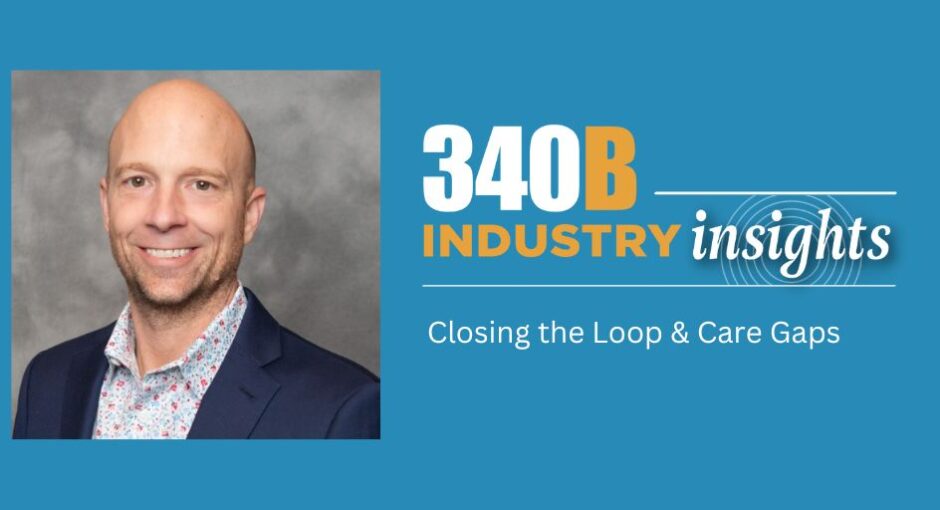SPONSORED CONTENT
The 340B program is designed to help healthcare providers serving vulnerable populations stretch scarce resources as far as possible. In the face of increasing manufacturer restrictions, it is crucial for safety-net providers to explore various strategies to maintain financial sustainability. One of the most effective strategies to achieve this goal is through referral capture. Furthermore, data obtained through referral notes goes beyond claim capture and can improve the continuum of care and close gaps in care that result in improved health plan metrics.
However, effectively managing these processes presents challenges for covered entities (CEs). As your organization strives to provide high-quality, patient-centered care, you must also navigate complex requirements and operational hurdles. By leveraging comprehensive clinical data, healthcare providers can enhance patient outcomes and maximize 340B savings.
Challenges Faced by Covered Entities
- Data Infrastructure: Sourcing and organizing this information can be difficult and time consuming. CEs often struggle with collecting and analyzing patient health information required for closing the loop and reporting on quality measures. Implementing robust data infrastructure is critical but can be resource intensive.
- Care Coordination: Effective care coordination is essential for closing the loop in referrals and improving patient outcomes. With fragmented medical record systems, CEs may face challenges in coordinating care across multiple providers and healthcare settings.
- Quality Improvement Initiatives: It is important to implement quality improvement initiatives to monitor and enhance care quality, but you may lack the resources to effectively manage this.
Benefits of Referral Capture
- Maximize 340B Savings: A significant amount of contract pharmacy opportunity comes from referral capture. These claims are often high dollar specialty medications. Without including these prescriptions in your 340B program, you are leaving valuable savings on the table.
- Expansion of Services: Additional 340B savings allows for reinvestment in healthcare services, allowing your organization to broaden your range of offerings and better meet the diverse needs of your community.
Benefits of Closing Gaps in Care
- Improved Patient Outcomes: Identifying and addressing gaps in care ensures that patients receive preventive care and appropriate treatment, leading to better health outcomes.
- Continuity of Care: It is important to have processes in place for coordinating care across multiple providers and healthcare settings. By understanding where your patients sought care and their clinical history, you can reduce the risk of fragmented services and ensure continuity of care.
- Informed Decision Making: Comprehensive patient data helps in making informed decisions about patient care, improving overall quality and efficiency.
- Financial Benefits: Reducing gaps in care can prevent patient complications, contributing to cost savings and more efficient uses of resources. Additionally, this presents opportunities for value-based care models which often offer financial incentives for meeting specific quality measures. Addressing gaps in care ensures patients receive timely treatment which helps in meeting these quality benchmarks.
Conclusion
While closing the loop and addressing gaps in care poses challenges, the right tools allow you to overcome these hurdles. By implementing these strategies, you can work toward financial sustainability, provide high-quality care, and maintain your crucial role in serving underserved populations.

Anthony Esgro, Chief Pharmacy Officer at Equiscript, can be reached at anthony.esgro@equiscript.com.




